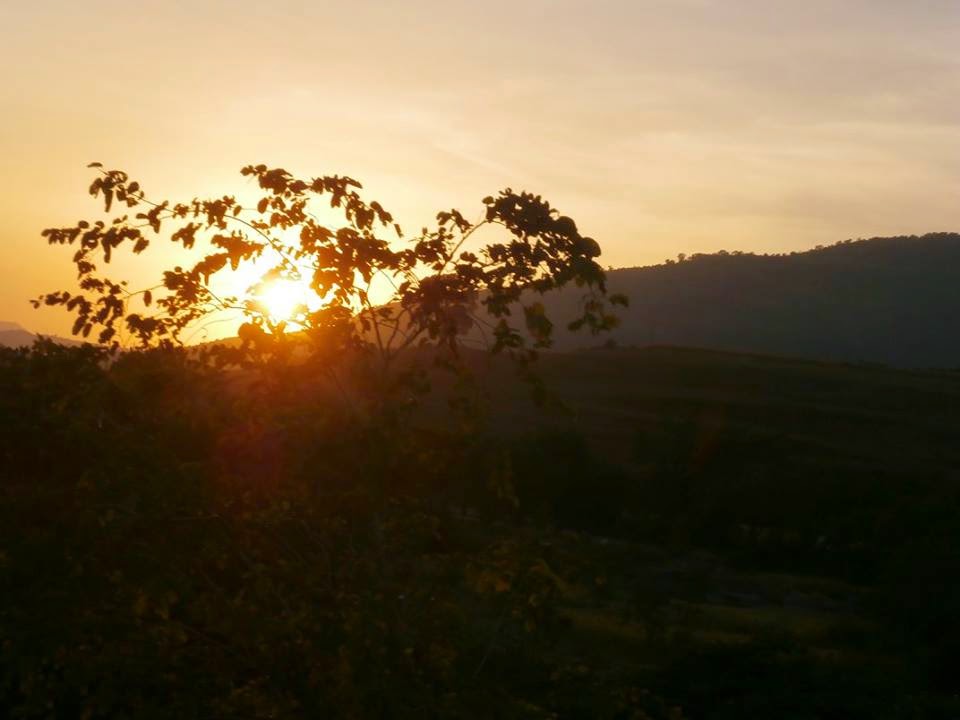Spiritual Import of Religious Festivals : Ch-2. Part-5.

Ch-2. Siva – The Mystic Night ( Sivaratri) Part-5. In the famous Rudra-Adhyaya or the Satarudriya of the Yajur Veda, we have a majestic, universalised description of Lord Siva, a chant which we are accustomed to every day in the temple. Only those who know what Sanskrit is, what the Vedas are and what worship is, can appreciate what this Satarudriya chant also is. It is one of the most powerful prayers ever conceived by the human mind. It is filled with a threefold meaning. According to the culture of this country, everything is threefold – objective, subjective and universal. Everything in the world, from the smallest to the biggest, has an objective character, a subjective character and an universal character. Objectively you are something, subjectively you are another thing and universally you are a third thing. It all depends upon the point of view from which you interpret a particular thing, person or obj ect. When you obj ectively interpret a thing,

.jpg)



.jpg)
.jpg)
.jpg)

.jpg)
.jpg)

.jpg)